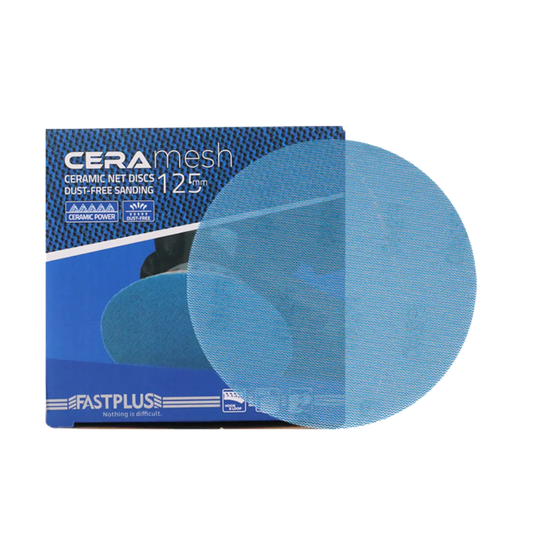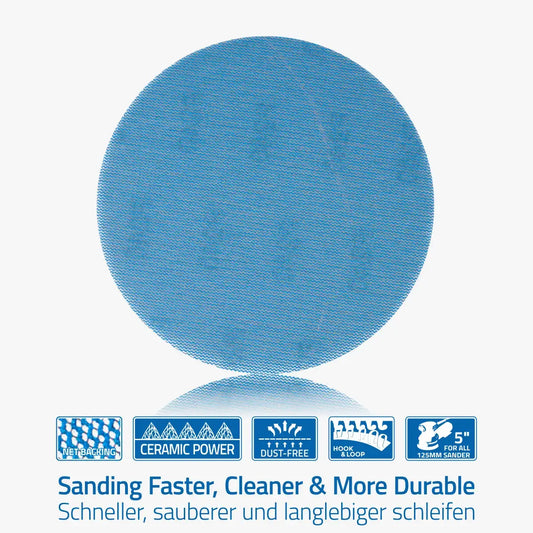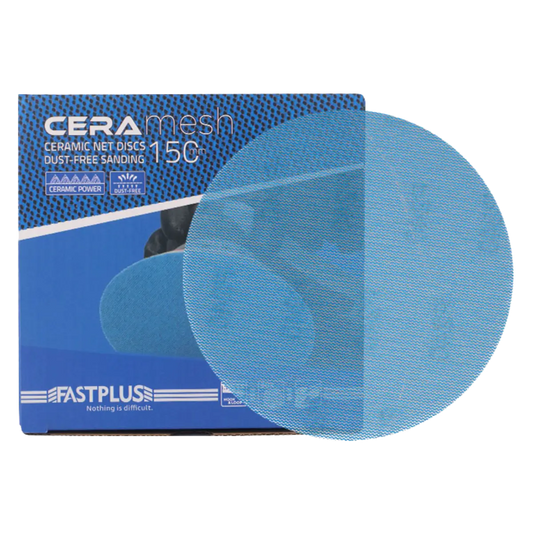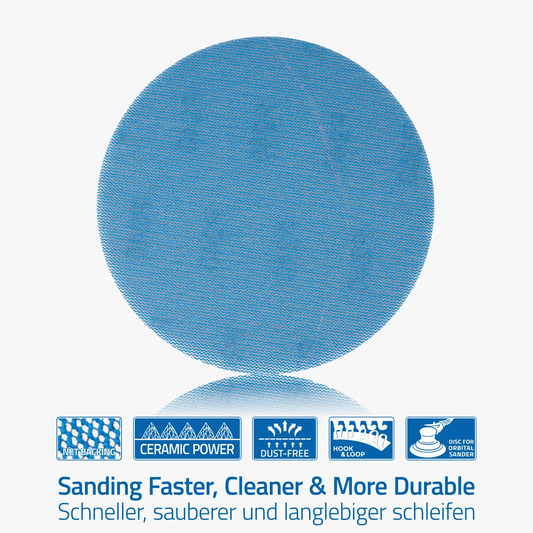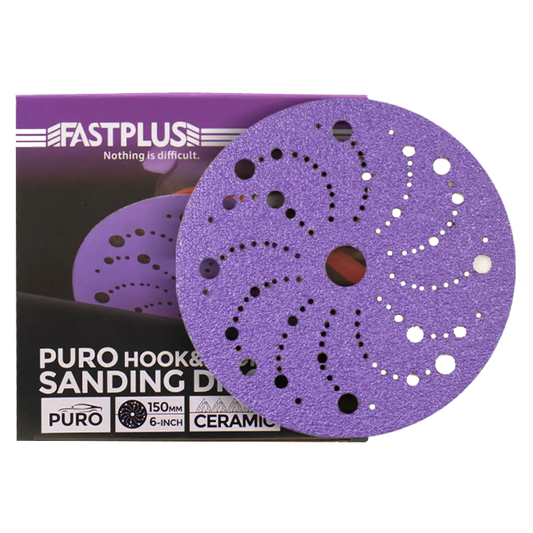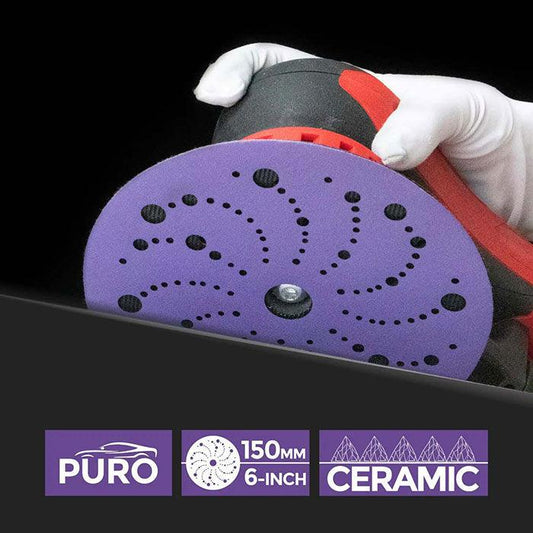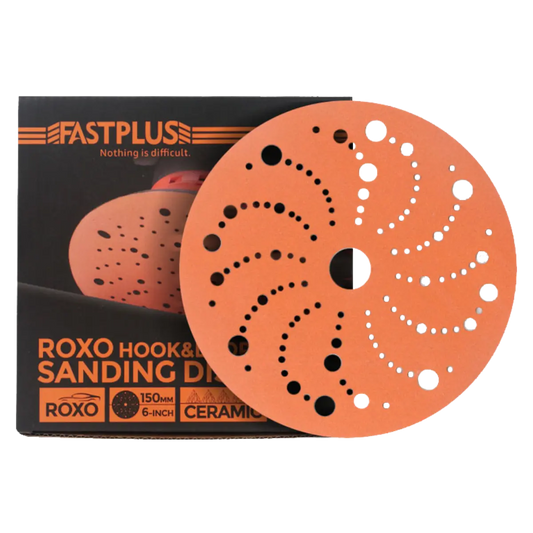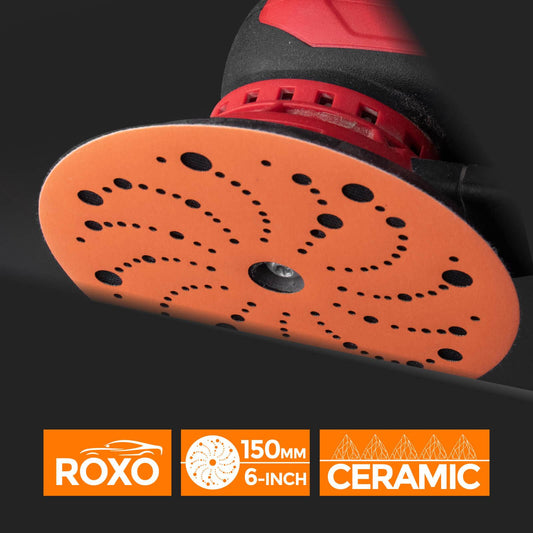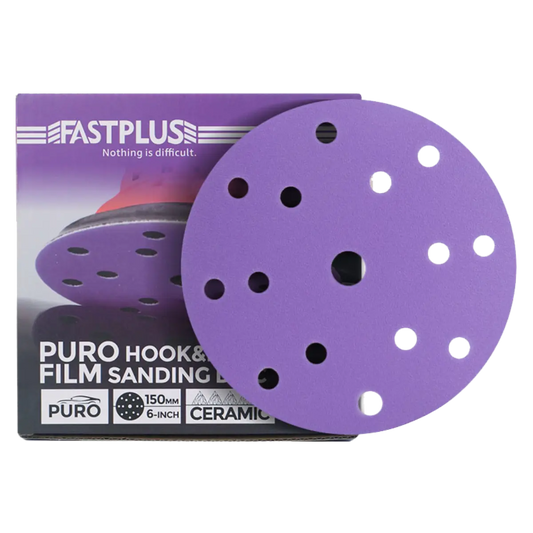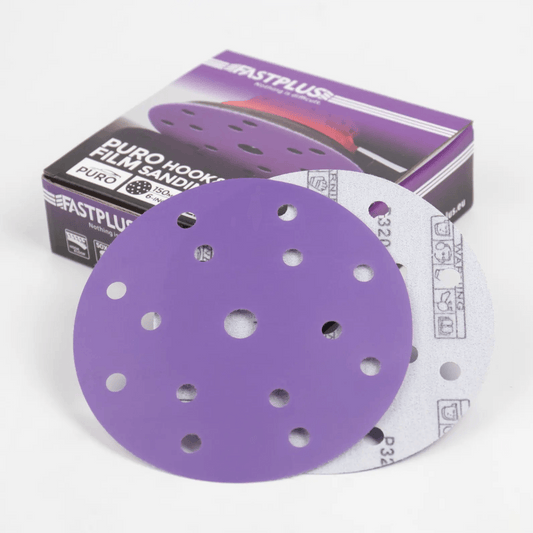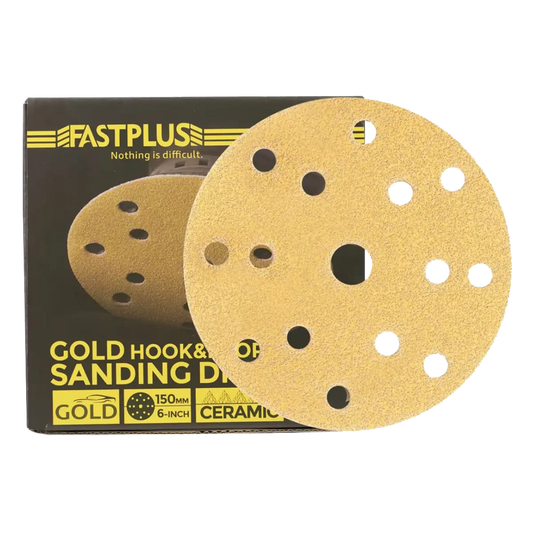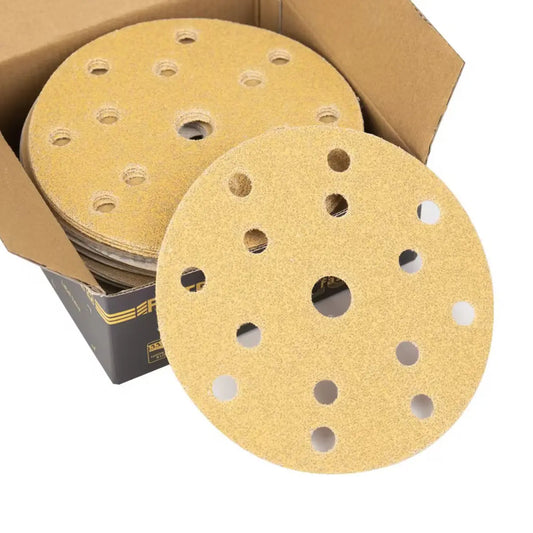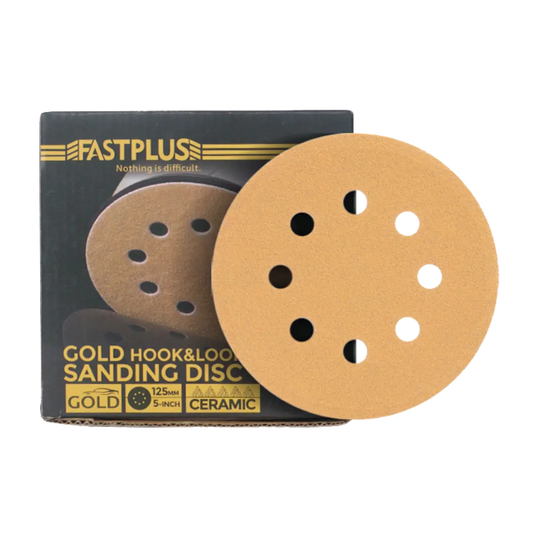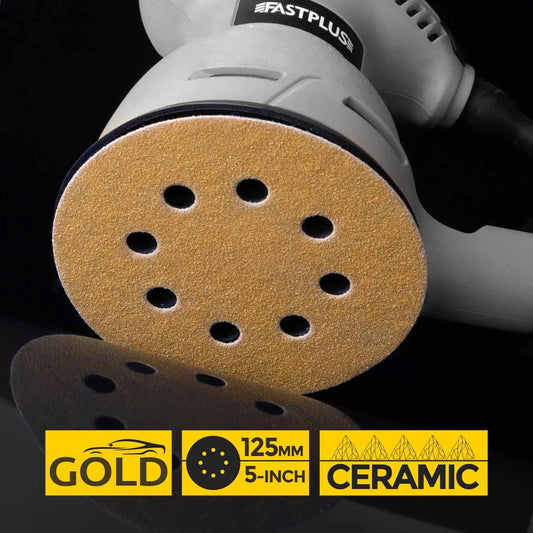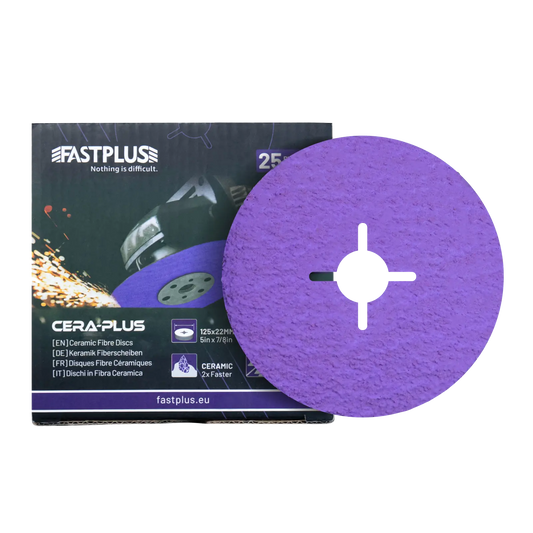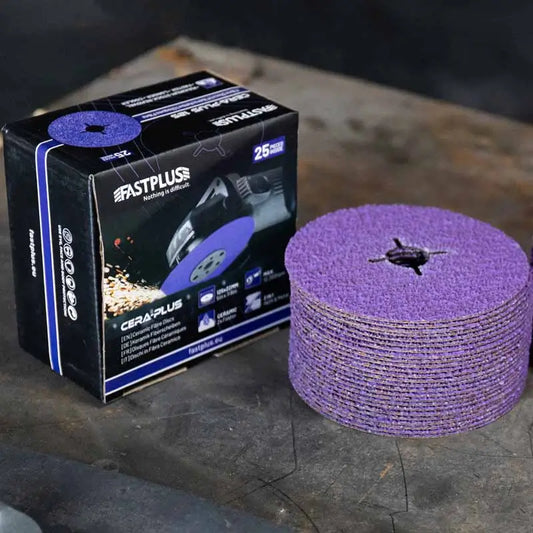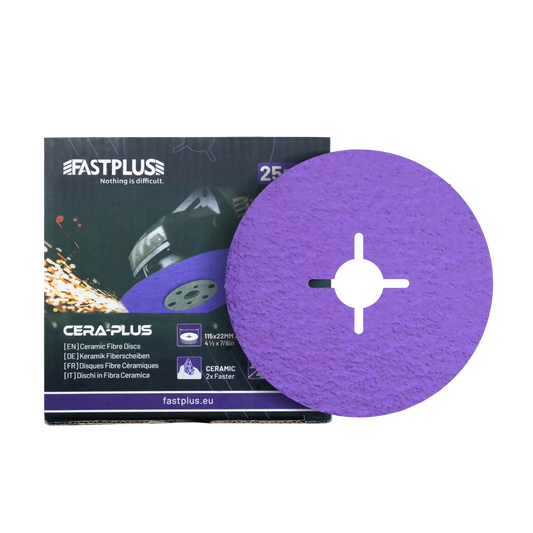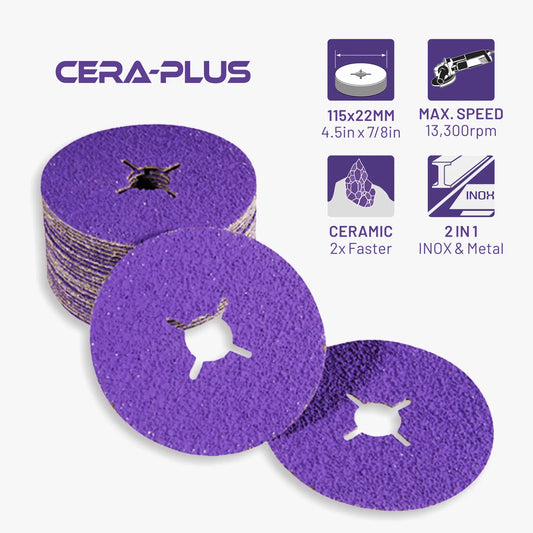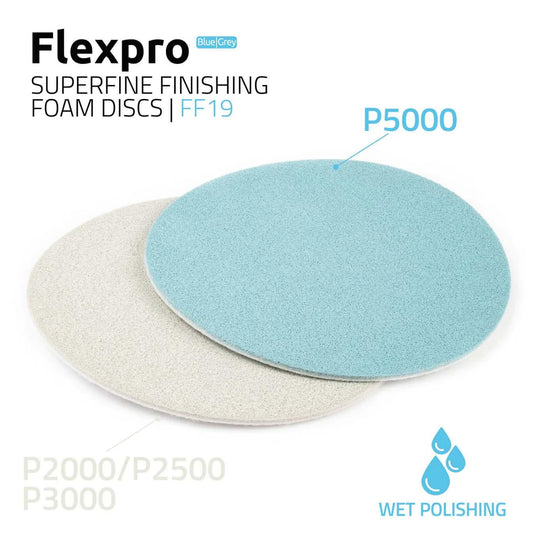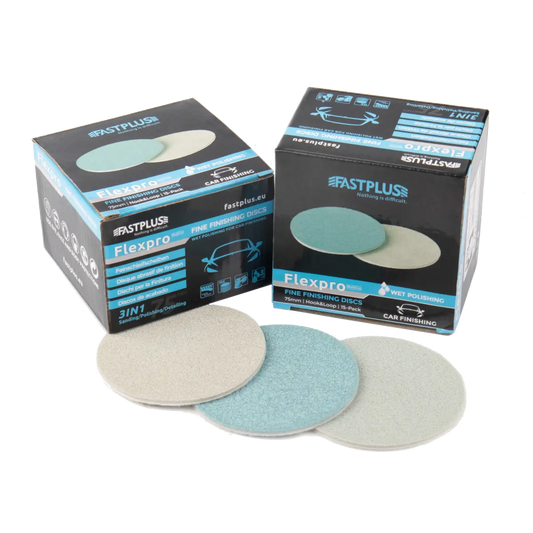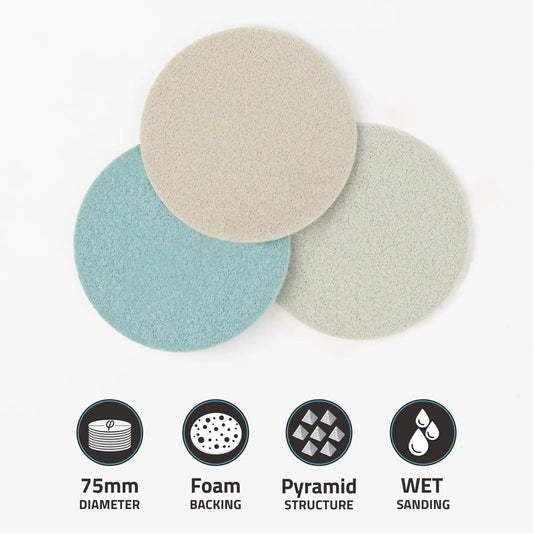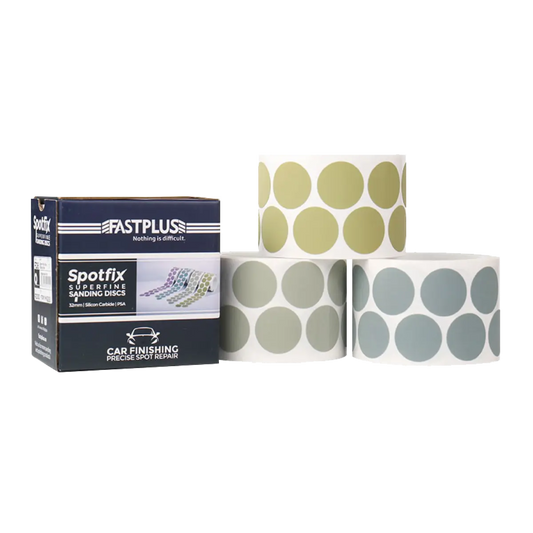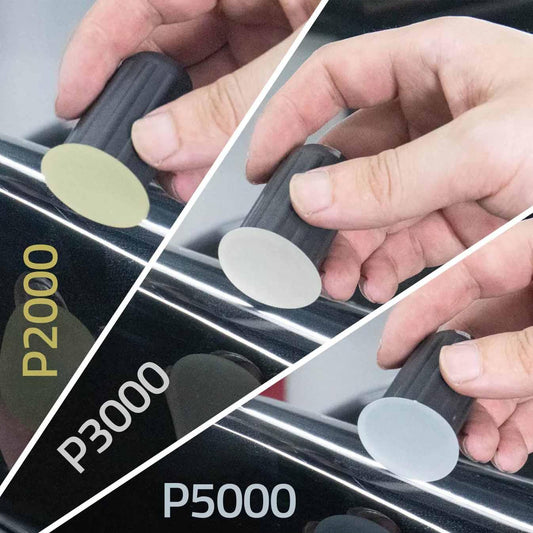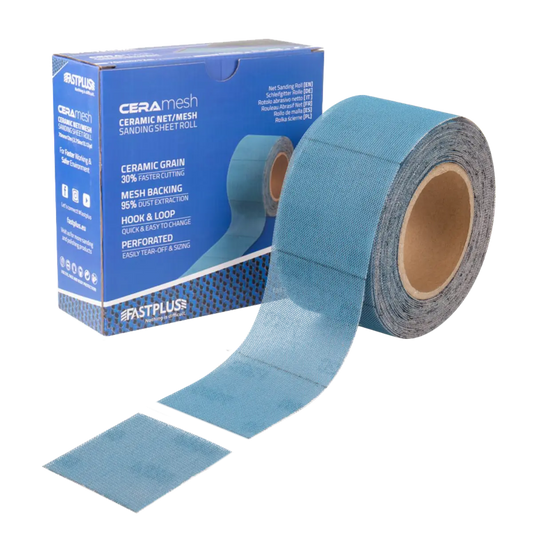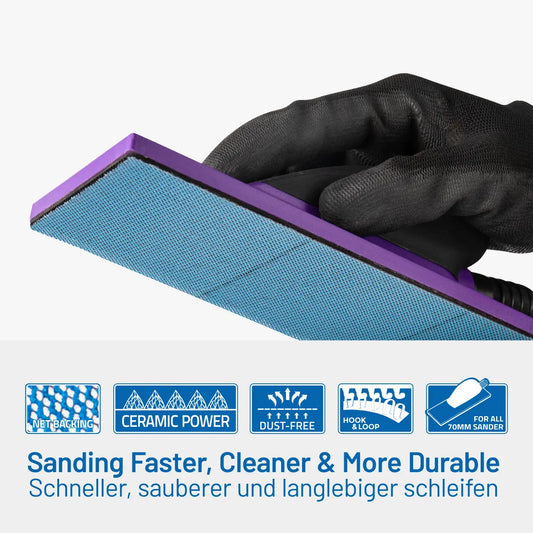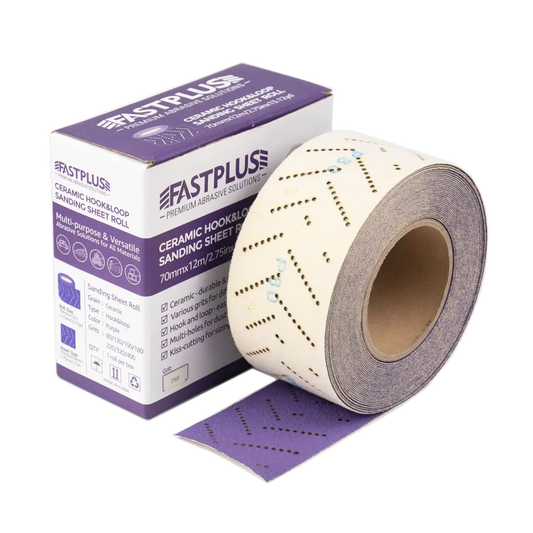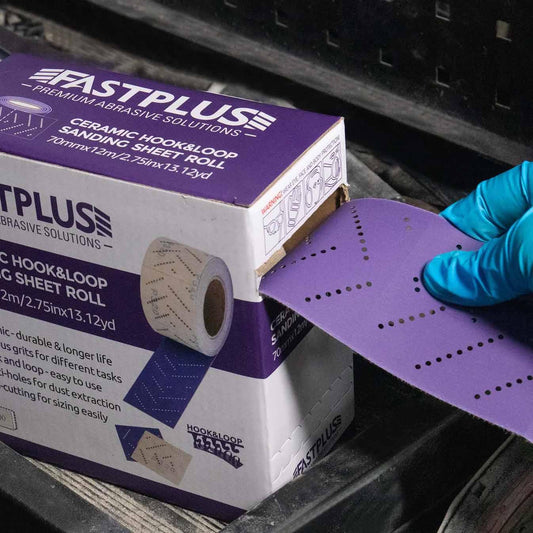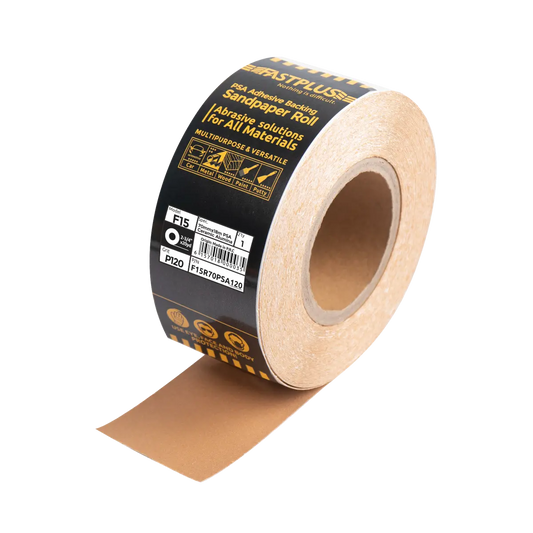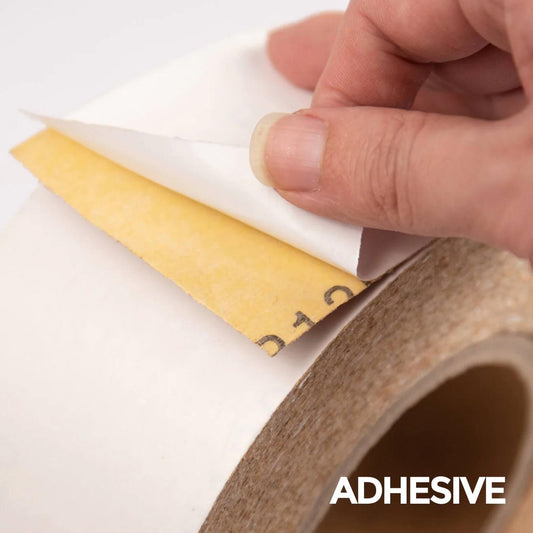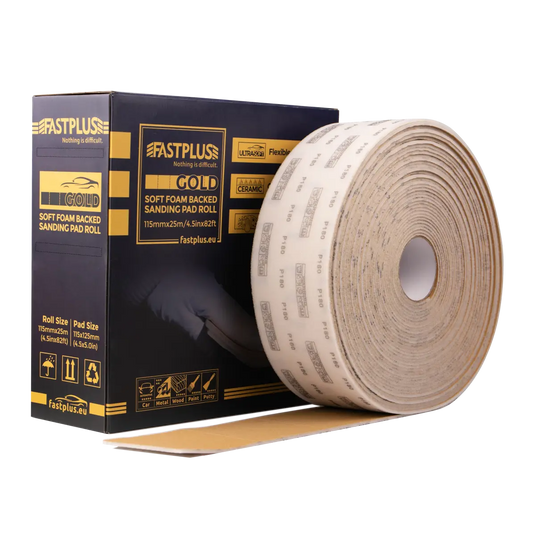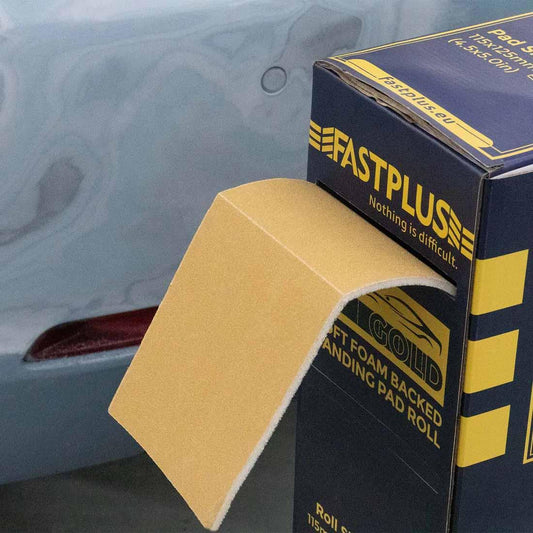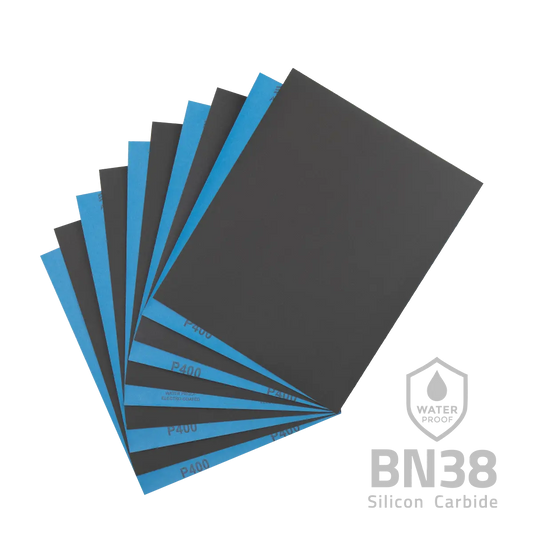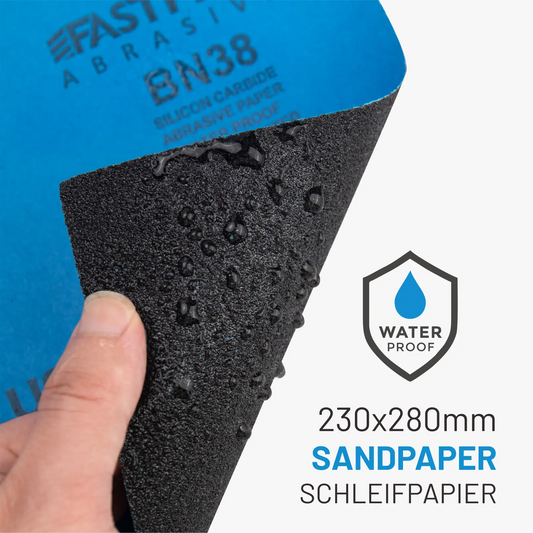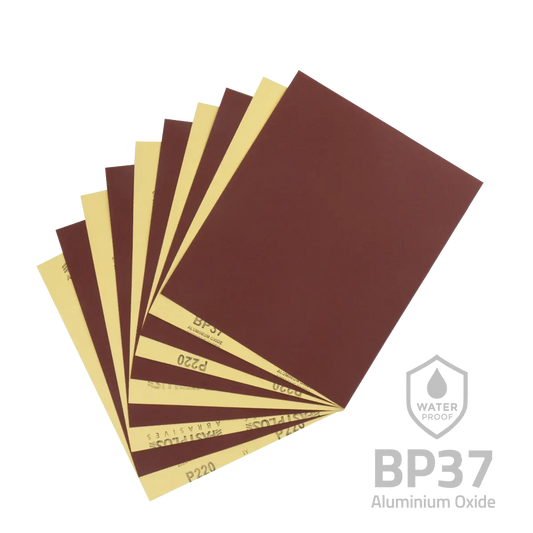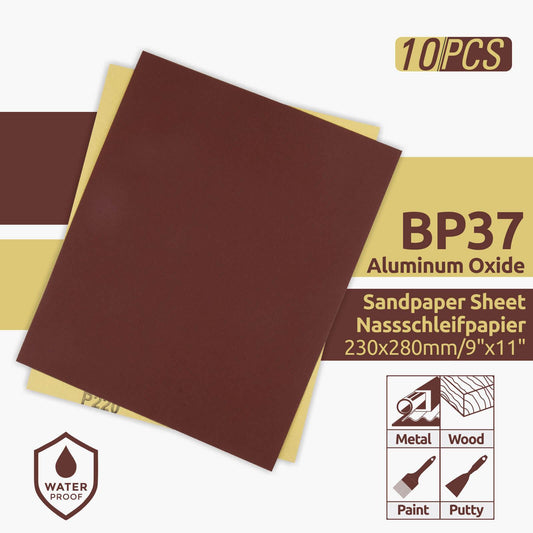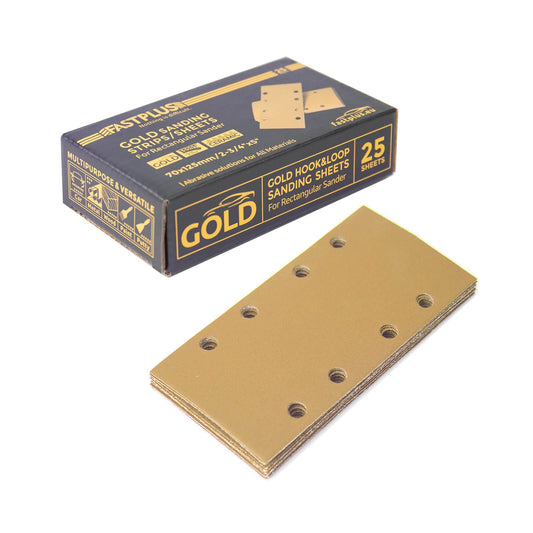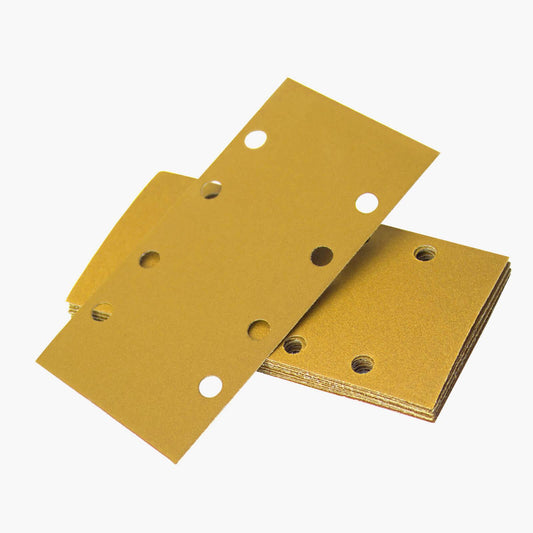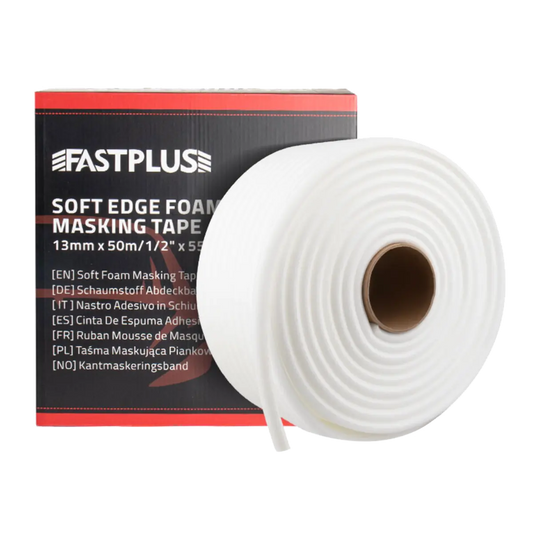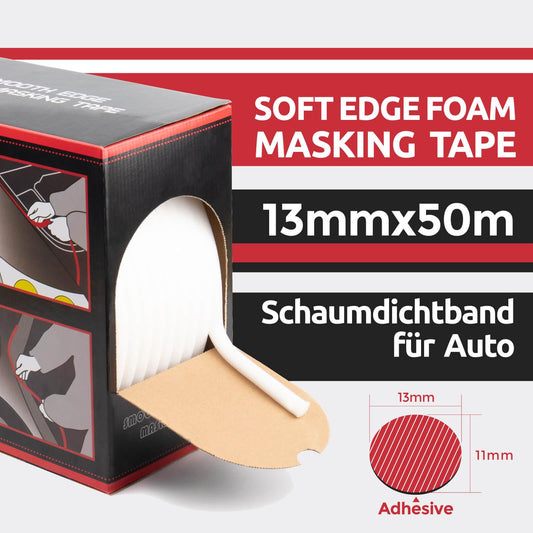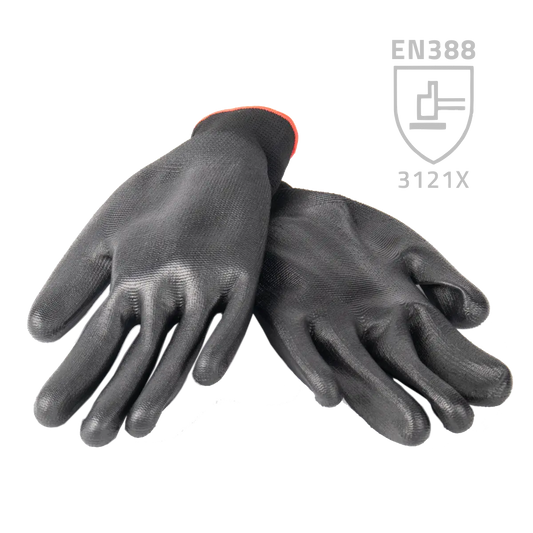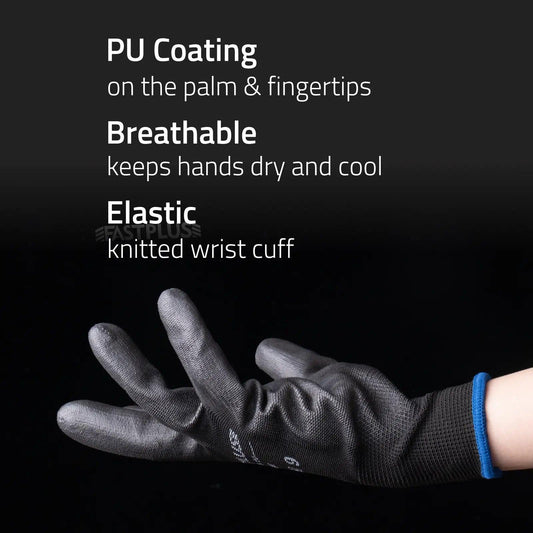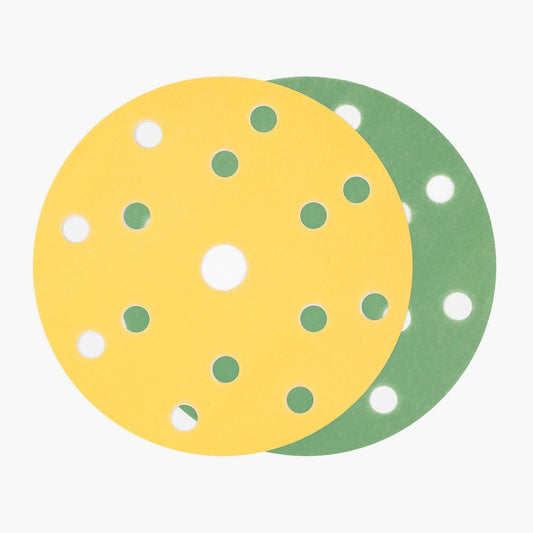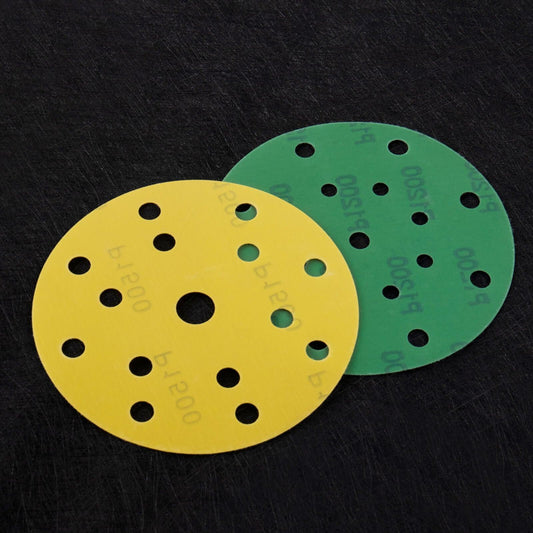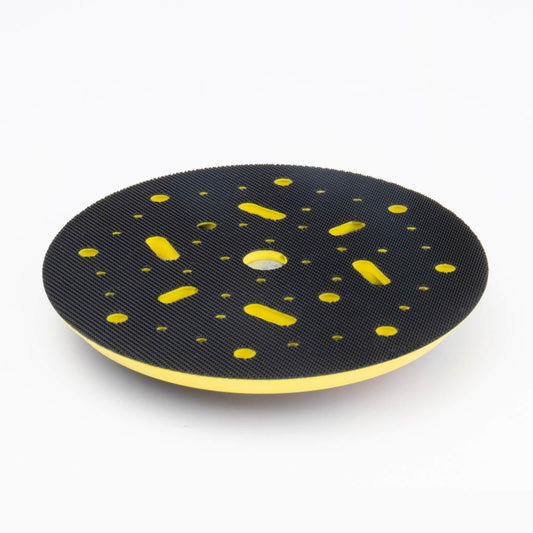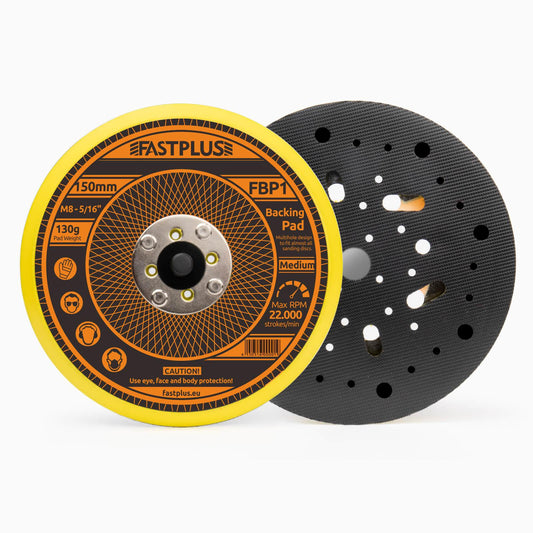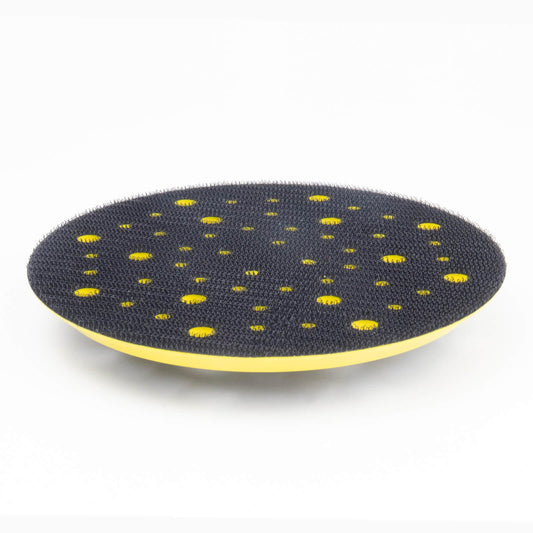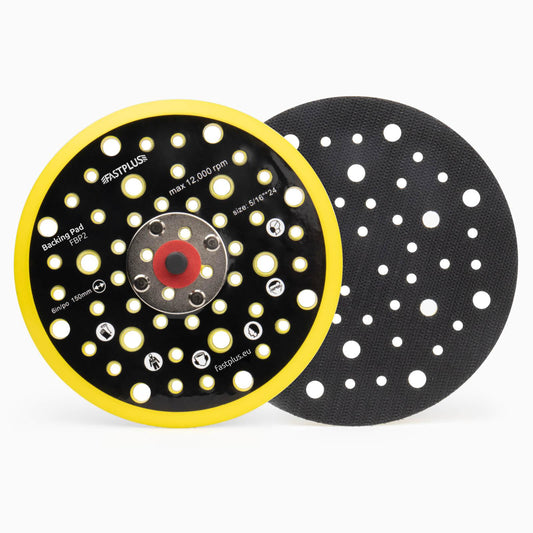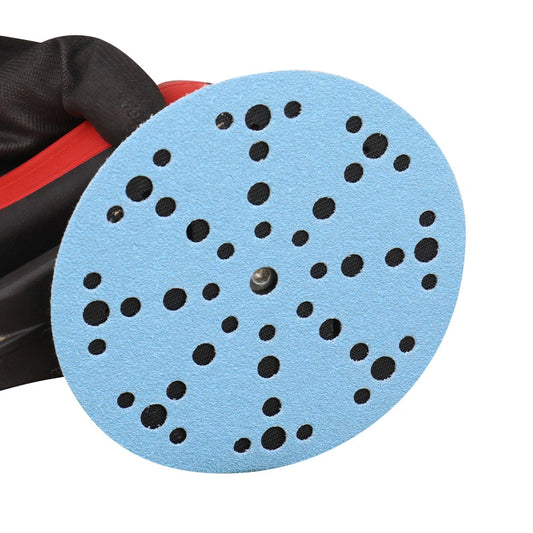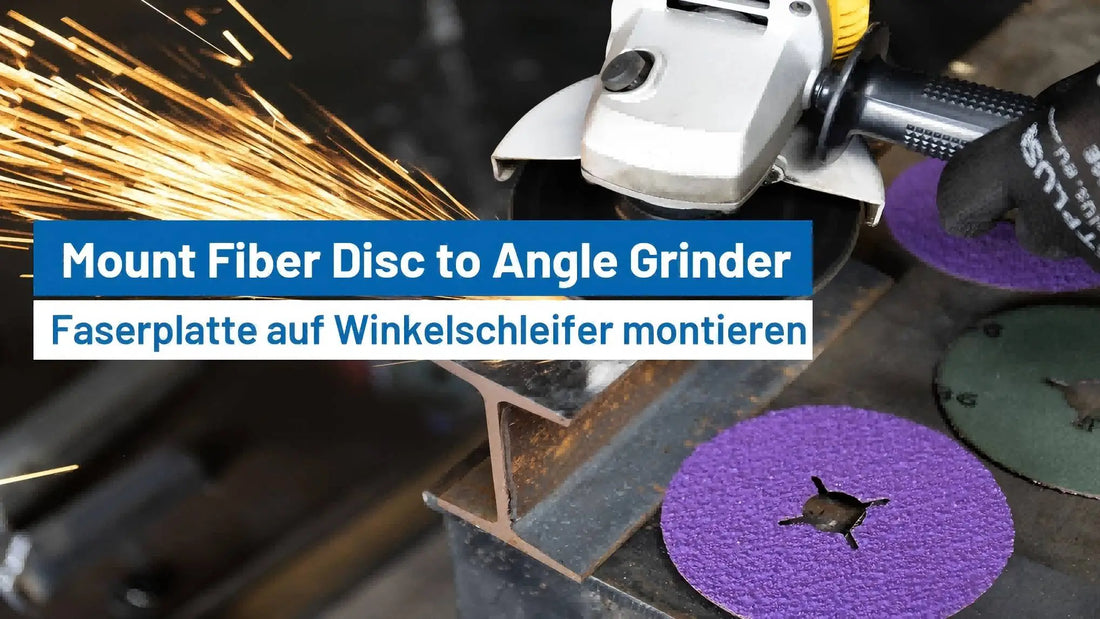
How To Mount A Fiber Disc To An Angle Grinder: A Step-by-Step Guide
When it comes to achieving smooth, efficient grinding and polishing, fiber discs are a popular choice for professionals and DIY enthusiasts alike. These durable and versatile abrasive tools are designed for tough tasks such as metalworking, automotive repairs, and even construction projects. But before you start using a fiber disc, it’s important to mount it correctly on your angle grinder.
Mounting a fiber disc to an angle grinder is a simple process that can be done safely and efficiently if you follow the correct steps. In this guide, we’ll walk you through everything you need to know, from choosing the right fiber disc to properly installing it onto your angle grinder. So, let’s get started!
What is a Fiber Disc?
Before we dive into the mounting process, let's first define what a fiber disc is. A fiber disc is an abrasive disc typically used for grinding, deburring, and polishing tasks. Made from a combination of abrasive grains such as aluminum oxide, zirconia, or ceramic, fiber discs are mounted on a fiber backing, which provides strength and durability. They are commonly used on metal, wood, and other materials that require heavy grinding or finishing.

Among the various types of fiber discs, ceramic fiber discs are particularly renowned for their high performance and longevity. Ceramic fiber discs are ideal for grinding hard metals, such as stainless steel, because of their aggressive cutting action and heat resistance. Whether you are using a standard fiber disc or a ceramic fiber disc, ensuring proper mounting on your angle grinder is crucial for optimal performance.
Fiber discs are typically designed to be used with an angle grinder, a tool known for its versatility and power. The angle grinder’s high-speed rotating motion helps the fiber disc to efficiently remove material, leaving behind a clean and smooth surface.
Choosing the Right Fiber Disc for Your Project
Before you mount a fiber disc to your angle grinder, it’s important to choose the right one for your project. Fiber discs come in different sizes, grits, and materials, which can affect the performance and results of your work. Here are a few factors to consider when selecting a fiber disc:
- Size: Fiber discs are available in different diameters, typically ranging from 4.5 inches to 7 inches. Choose a disc size that matches the size of your angle grinder. Most standard angle grinders will work with 4.5-inch or 5-inch fiber discs.
- Grit: Fiber discs come in various grits, which determine the coarseness or fineness of the abrasive surface. Coarse grits (e.g., 24-40 grit) are ideal for heavy material removal, while finer grits (e.g., 60-120 grit) are better for polishing and finishing.
- Material: The material of the fiber disc will depend on the material you’re working with. For instance, aluminum oxide discs are great for general-purpose use, while ceramic fiber discs are perfect for tougher metals like stainless steel and other hard alloys, offering superior durability and heat resistance.
Once you’ve selected the appropriate fiber disc, you can move on to mounting it on your angle grinder.
Step-by-Step Guide: How to Mount a Fiber Disc on an Angle Grinder
Now that you have the right fiber disc, let’s go through the process of mounting it to your angle grinder. Make sure you follow these steps carefully to ensure safety and optimal performance.
Step 1: Disconnect the Angle Grinder from Power Source
Before you begin any work on your angle grinder, always ensure that it is unplugged or the battery is removed (in the case of cordless models). This step is crucial to prevent accidental startups while you’re working with the tool.
Step 2: Check the Angle Grinder’s Arbor and Disc Compatibility
Fiber discs are designed to fit a specific size of the angle grinder’s arbor (the central shaft where the disc is mounted). It’s important to check both the size of your fiber disc and the arbor size of your angle grinder to ensure they are compatible. The arbor size is usually printed on the side of the angle grinder and can vary depending on the model, but common sizes are 5/8-inch or M10 (metric).
If your fiber disc does not fit the grinder’s arbor, you may need an adapter to match the sizes.
Step 3: Attach the Backing Pad or Flange (If Required)
Most angle grinders require a backing pad or flange to securely hold the fiber disc in place. This is especially important for larger fiber discs, as it helps to distribute the pressure evenly while grinding.
To attach the backing pad or flange:
- Locate the arbor bolt on the angle grinder.
- Slide the backing pad onto the arbor, ensuring it sits flat against the grinder.
- If your grinder has a flange, place it on top of the backing pad, making sure it is properly aligned.
- Tighten the arbor bolt securely using a wrench, ensuring the backing pad or flange is fixed firmly in place.
Step 4: Place the Fiber Disc on the Backing Pad
Now that the backing pad is in place, it’s time to mount the fiber disc. Simply take your fiber disc and center it over the backing pad. Ensure that the abrasive side of the disc faces outward, as this is the side that will make contact with the workpiece.
For some angle grinders, you may need to attach a special retainer nut or ring to hold the fiber disc securely in place. If this is the case, align the retainer nut over the center hole of the fiber disc and tighten it gently.
Step 5: Tighten the Disc Securely
Once the fiber disc is properly positioned on the backing pad or flange, you will need to tighten the nut or arbor bolt to secure the disc. Use a wrench to tighten the nut firmly, but avoid over-tightening, as this can damage the disc or the grinder.

Make sure the fiber disc is centered and sits evenly on the grinder before proceeding.
Step 6: Inspect the Setup
Before you power up the angle grinder, it’s essential to inspect the setup one last time to ensure everything is properly installed. Here’s what to check:
- The fiber disc should be securely fastened to the angle grinder.
- The backing pad and flange (if used) should be properly aligned.
- The arbor bolt or nut should be tightened correctly, but not excessively.
- There should be no gaps between the fiber disc and the backing pad.
Step 7: Power On and Test the Grinder
Once everything is properly mounted, plug in the angle grinder (or reinsert the battery in the case of cordless models) and power it on. Let the grinder run for a few seconds to check for vibrations or instability. If everything is mounted correctly, the grinder should run smoothly without any unusual noises or wobbling.
Tips for Safe and Efficient Use of Fiber Discs
- Always Wear Protective Gear: When using an angle grinder with a fiber disc, always wear appropriate personal protective equipment (PPE), including safety goggles, gloves, ear protection, and a face shield.
- Use the Right Speed: Angle grinders typically have variable speed settings. For fiber discs, use a medium to high speed for optimal results.
- Avoid Overheating the Disc: To prevent the fiber disc from overheating, make sure to avoid pressing too hard on the grinder. Allow the disc to do the work and avoid forcing it through the material.
- Check the Disc Regularly: Fiber discs can wear down with extended use. Regularly check the disc for signs of damage or wear, and replace it when necessary to ensure optimal performance.
- Keep the Work Area Clean: Keep your work area clean and free of debris to prevent accidents or damage to the disc. Ensure the material you’re grinding is secure and stable.
Conclusion
Mounting a fiber disc to an angle grinder is a simple but essential process for achieving high-quality results in your grinding, polishing, and deburring tasks. By following the proper steps and ensuring the disc is securely mounted, you can safely and efficiently use your angle grinder for a variety of projects. For all your sanding and grinding needs, FastPlus offers top-quality fiber discs and sandpaper designed for durability and superior performance, ensuring you have the right tools for any job.


